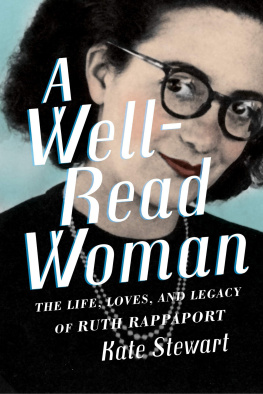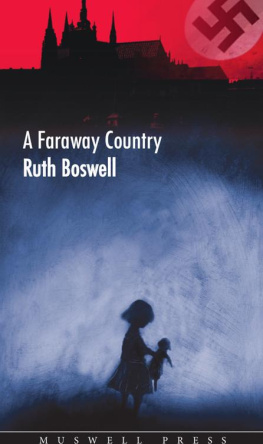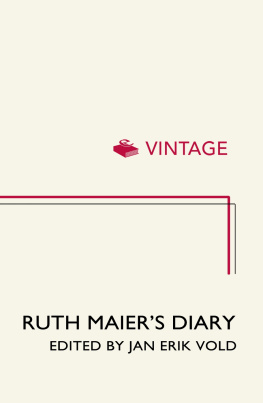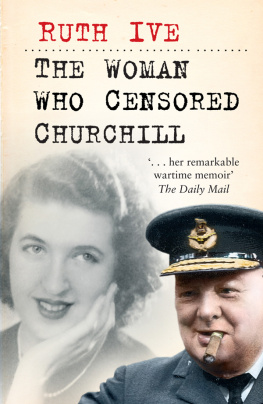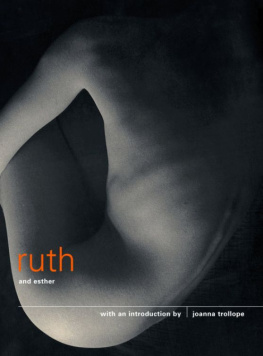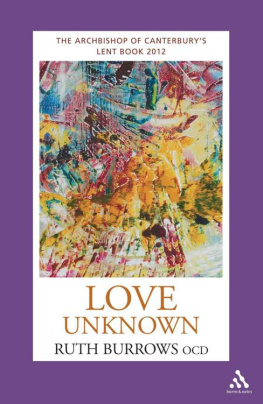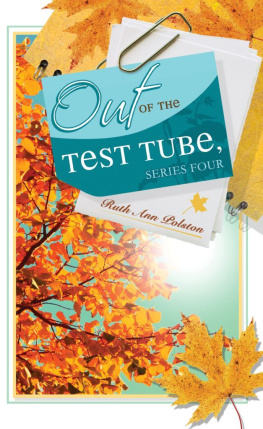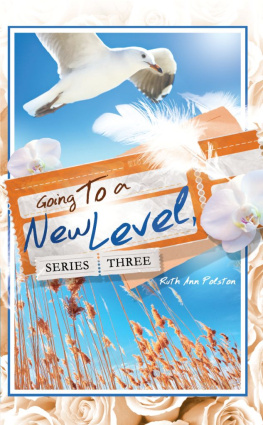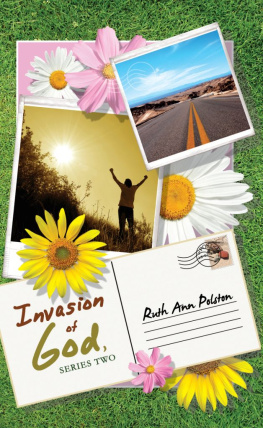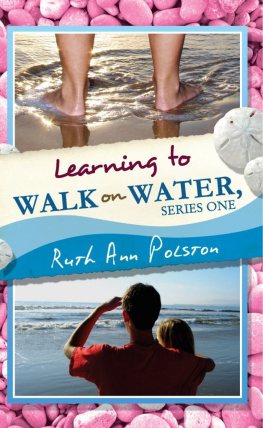

Text copyright 2019 by Kathryn Stewart
All rights reserved.
No part of this book may be reproduced, or stored in a retrieval system, or transmitted in any form or by any means, electronic, mechanical, photocopying, recording, or otherwise, without express written permission of the publisher.
Published by Little A, New York
www.apub.com
Amazon, the Amazon logo, and Little A are trademarks of Amazon.com, Inc., or its affiliates.
ISBN-13: 9781503904156 (hardcover)
ISBN-10: 1503904156 (hardcover)
ISBN-13: 9781503904149 (paperback)
ISBN-10: 1503904148 (paperback)
Cover design by Kimberly Glyder Design
Cover photography courtesy of Guy Rosner
First edition
For the librarians, including Jack, my grandfather Silvia, my aunt Alice, my mother and Peter, my friend
Contents
AUTHORS NOTE
Research into Ruth Rappaports life led me to a seemingly endless array of sources in many archives and in multiple languages. I started with her oral history and tried to verify the stories she told. As it turned out, some of them were impossible to track down in other sources, and Ive tried my best to reconcile the sources I could track down with Ruths own words. While some historians dont trust oral histories, Im a firm believer that even though stories can change over time and memories can become fuzzy, interviews can reveal how a person sees their own life and how they want to be remembered. The translators who worked on Ruths diary, which was written in German, agreed that she had an unusual writing style that was either uniquely her own or reflective of a teenage trend at the time. They and I have tried to keep Ruths writing style while also altering it for readability.
Prologue
I was working at the American Folklife Center reference desk at the Library of Congress, or LC, as we librarians often call it, when my coworker Peter Bartis stopped by to invite me to an estate sale. He told me that a friend of his, Ruth Rappaport, had died six months earlier, and she had chosen him to be the executor of her estate. She had been a longtime employee of the Library of Congress and retired in 1993, long before I began working there. Her row house, just a block behind the Supreme Court building, was filled with papers, books, and objects she had acquired over her eighty-seven years. Peter told me about Ruths life: she had escaped from Nazi Germany as a teenager, lived in Israel during the 1948 war, and worked as a librarian for the US military in Japan and Vietnam during the 1960s. While I wasnt very interested in acquiring any more clutter for my own home, I was certainly curious about this woman and her long, eventful life.
The estate sale was on a beautiful April day when cherry blossom petals littered the sidewalks of Capitol Hill. Despite my feeble resistance, my boyfriend, Greg, and I bought several of Ruths belongings, including a fondue pot, a wooden sugar bowl, an old knitting machine, two obscenely large brass candlesticks, a few silk scarves, two Asian prints, and a Jewish cookbook. At home, and surrounded by her things, I searched for Ruths obituary online and found a tribute written by neighbor and Washington Post columnist Petula Dvorak.Dvorak described Ruths adventurous life, her sharp wit, her penchant for regaling others with captivating stories from the stage of her front porch, and her refusal to move out of her home as she aged. Everyone in the neighborhood knew Ruth, and she had friends all over the world.
Ruth continued to hover in the back of my mind for the next few months. Every time I looked at her things in my house, I thought about her and wanted to know more about her life. When I hosted parties, I pointed out to my friends that the ridiculous candlesticks standing at both ends of the couch had belonged to a globe-trotting librarian named Ruth Rappaport. I would tell them, thirdhand, what I knew about herin, I later realized, my own game of telephone, where I had jumbled the original facts.
A year and a half after the estate sale, I went to the American Library Associations (ALA) midwinter conference in Seattle and stayed at a hotel across the street from the new Seattle Public Library. My familymy mom and stepfather, my two brothers, their wives, and my three niecescame up on the train together from Portland to spend the weekend with me. In a family with four librarians spread across three generations, is there any better place for a family reunion than the ALA conference? (You guys are like a medieval guild, Greg likes to say.) Like kids in a candy store, we rushed straight to the exhibit hall, where publishers distributed free advance copies of books. Late at night, alone in my hotel room, I thought about all the ALA conferences that Ruth must have attended and wondered whether she had ever run into my grandfather at any of them (or more likely, at a nearby bar). I remembered from Dvoraks column that Ruth had lived in Seattle when she first came to the United States as a teenager. I imagined her in the 1940s climbing those steep hills, probably in heels, on her way to the stately old public library.
I searched online again for that article in the Post. I found it, but this time I browsed through the other search results. I couldnt believe what I discovered: a link to Ruths oral history at the United States Holocaust Was this really her? My Ruth Rappaport? The interview had been recorded just a few weeks before she died of lung cancer. I stayed up well beyond midnight listening to it. I was delighted by her German-accented, rough voice, peppered as it was with Hebrew phrases, curse words, and her hacking cough. I felt as though I were finally meeting her, as if she were speaking from beyond the grave and through my computer to me. Even on the first listen, I could tell she was bullshitting somewhat, exaggerating her connections to famous people, and brushing off her interviewers attempts to extract some testimony about the trauma that she undoubtedly experienced as a teenager and young adult. But what I latched on to, more than anything, was this fellow librarians memories of reading and her love of books. When asked which authors were her favorites as a teenager, she replied: Everybody who was forbidden: Lion Feuchtwanger, Max Brod, Leon Trotsky... and what we did was we passed around the paperbacks. We read them, and as we finished reading, we tore up the pages and destroyed them so we wouldnt get caught.
Back in DC, I couldnt wait to talk to Peter about the interview.
You know I donated her papers there, right? he said.
I felt so stupid that I hadnt asked him before. I just assumed that because she had such a turbulent young life, she wouldnt have been able to save anything from that time.
Peter walked me to his desk and handed me a file of photocopies of Ruths ID cards, a job application, and letters she had written from Israel in 1948 while the war for a new Jewish homeland raged around her. The collection comprised only a small sample of the diaries, letters, documents, and photographs he had found in an old metal suitcase in the basement of her house. Most of the items are now at the Holocaust museums archive.
That night I read through what he gave me and realized that here was another story, the one Ruth couldnt or wouldnt fully tell when she had been interviewed. This was a heartbreaking narrative of a confused, angry young woman, bitter about the lot she had been dealt in life and upset with her futile attempts to find a home, a family, and a career that would satisfy her ambitions after so much loss and upheaval. But somehow she still had that singularly Jewish sense of humor, making screwball wisecracks and laughing at herself, despite her deep melancholy.
Next page
